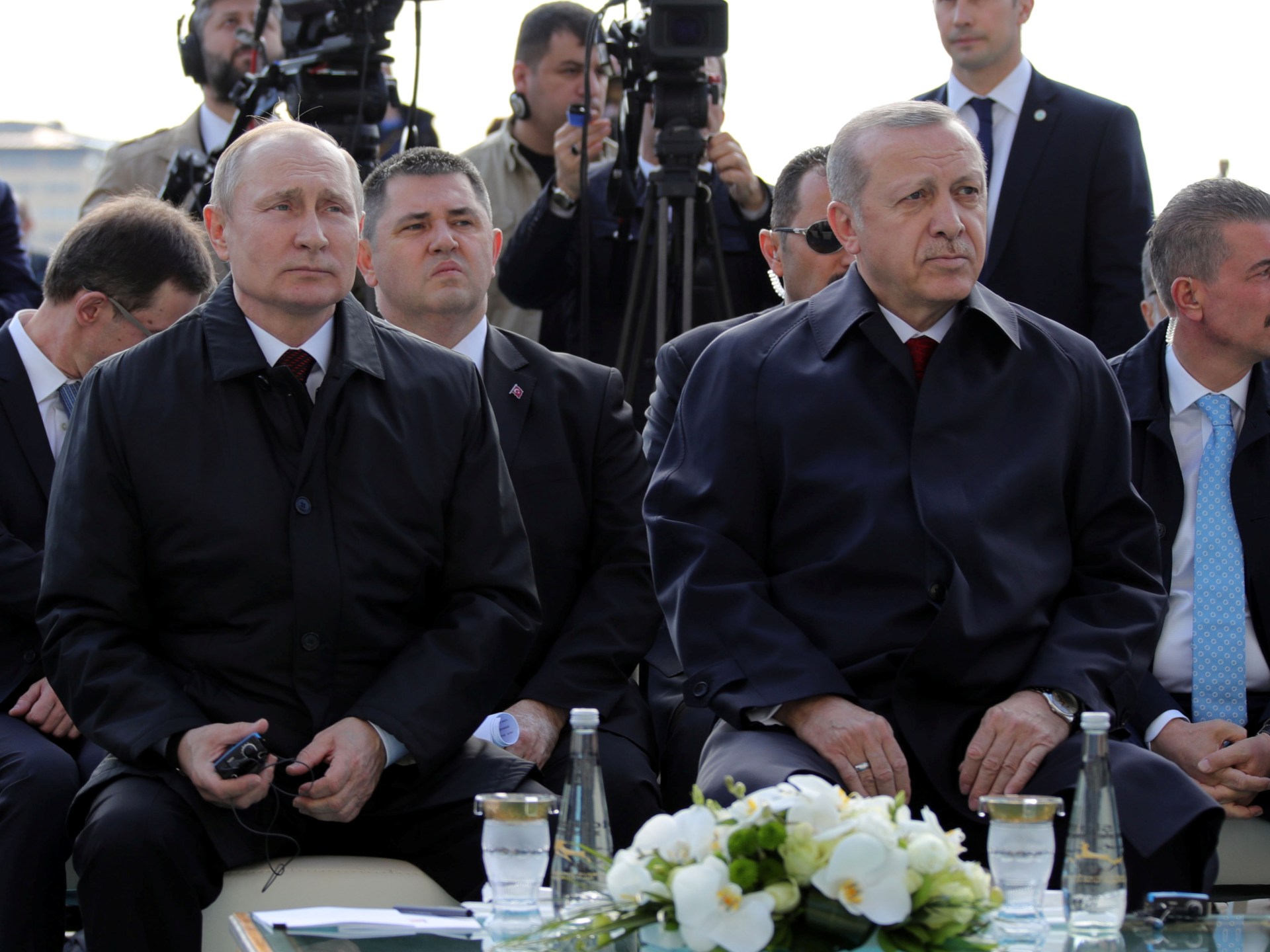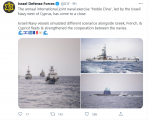Turkey’s nuclear power dilemma
Turkey’s first Russia-backed nuclear plant has raised issues around its safety and potential for use in building nuclear weapons.
Russian President Vladimir Putin and his Turkish counterpart Recep Tayyip Erdogan attend a groundbreaking ceremony of the Akkuyu nuclear power plant in 2018 [Mikhail Klimentyev/Kremlin via Reuters]
By
Sinem Koseoglu
10 Mar 2021
Istanbul, Turkey – Turkish and Russian officials laid the foundation for the third reactor of Turkey’s first nuclear power plant Akkuyu in the southern coastal city of Mersin on Wednesday.
The plant’s first reactor unit is expected to be operational in 2023, the centenary of the Turkish Republic, and the remaining units in 2026.
Keep reading
Erdogan: Turkey’s common interests with US outweigh differencesTurkey sentences 5 people to life over Russian envoy’s killingMilitary helicopter crash in southeast Turkey kills 11The Uighur and Syrian refugees making a home together in Turkey
The co-construction of the Akkuyu plant started in April 2018, eight years after the two countries signed an intergovernmental agreement.
The project is owned by the Russian energy company Rosatom while the Turkish Akkuyu is the license owner and the local operator.
Once completed, the plant is expected to produce 35 billion kilowatt-hours (kWh) of electricity annually, about 10 percent of Turkey’s total electricity supply. The service life will last 50 years.
The facility will launch Turkey into the ”league of nuclear energy countries”, President Recep Tayyip Erdogan said, hailing it as a “symbol of Turkish-Russian cooperation”.
Russian President Vladimir Putin, who spoke at the event via video-conference from Moscow, called it a “truly flagship project”.
Akkuyu is the only nuclear power facility under construction in Turkey but a second project in the Black Sea province of Sinop is expected to kick off this year, reports suggest, if Ankara can find a new partner after Japan’s Mitsubishi pulled out last year.
The project was agreed on by the Japanese and Turkish governments in 2013. A consortium led by Mitsubishi Heavy Industries conducted a feasibility study until March for the construction of a 4,500-megawatt plant in Sinop.
A senior energy official, speaking on condition of anonymity, told Al Jazeera the Turkish government is also considering a third nuclear plant with four reactors in the country’s northwest. Turkey’s ultimate goal is not building a nuclear weapon but diversity in energy resources, he said.
Russian dependency?
Since the Akkuyu project was signed, proponents of nuclear energy in Turkey have argued it would limit Turkey’s dependency on foreign energy suppliers. They also underline it is clean energy.
However, some international experts think differently.
Henry D Sokolski, executive director of the Nonproliferation Policy Education Center in Washington, DC, said Akkuyu’s financing model could further Ankara’s dependency on Russia, a major energy provider to Turkey. The project is fully financed by Moscow.
Sokolski said it is an intensive capital investment and questioned why Turkey frontloads such debt while alternative and cheaper energy resources are coming down the pipeline.
Could Akkutu be a target?
Turkey is not the only country seeking nuclear energy in the Middle East. Saudi Arabia and Jordan are still considering establishing nuclear power plants. Egypt and the United Arab Emirates (UAE) are in on it, while Israel is long believed to have a stockpile of nuclear weapons and Iran has the capacity to develop them.
Sokolski warned Turkey about the regional challenges of entering the fray. “Your neighbourhood is dangerous. People are fighting. Nuclear reactors in a shooting war can be targets.”
He said missiles and drones could knock out critical electrical supply lines to a reactor and destroy emergency generators, nuclear control rooms, reactor containment buildings, and spent reactor fuel buildings.
“These kinds of strikes can make people more anxious and result in radiological releases, like Chernobyl or worse,” said Sokolski.
Turkey has waged a war against the PKK, the outlawed Kurdistan Workers’ Party listed as a “terrorist” organisation by the United States, the European Union, and Turkey, for decades in a conflict that has killed an estimated 40,000 people.
News reports have suggested the armed group has camps in northern Iraq where armed drones are being developed.
Turkey is also embroiled in conflicts in Syria and the eastern Mediterranean, while the Iran-aligned Houthi rebels in Yemen have targetted Saudi and Emirati targets with its missiles and drones. Armed groups such as the Syrian National Defence Forces, which is supportive of President Bashar al-Assad’s government, could mimic such attacks, said Sokolski.
Is it feasible?
The $20bn Akkuyu nuclear power plant has also raised other concerns. Its location has been controversial since the deal was signed with Russia as it is in an earthquake-prone area, while some critics highlight environmental concerns.
But some analysts support the project.
“You can never round off nuclear accident risks,” said Sinan Ulgen, director of the Istanbul-based Centre for Economics and Foreign Policy Studies. “What is important is to look at successful examples and what is being built in Turkey is a new-generation, high-technology compound.”
Ulgen said Akkuyu was designed based on risk analyses and believes improvised drones cannot harm such a facility.
However, he expressed concern about the governance of the project. Rosatom is a state-owned company and if any problem occurs in nuclear regulation, it has the potential to become a serious bilateral issue.
The senior Turkish energy official said when Ankara decided to build the nuclear facility, a fully Russia-financed model was the only feasible option.
Atomic weapon suspicions
Despite Turkey’s claims the plant will only be used to diversify energy resources, some have suggested Ankara may have plans to enrich uranium.
Turkey and nuclear-armed Pakistan have long had military cooperation agreements that were recently intensified, with some news reports suggesting Islamabad may be covertly supporting a nuclear weapons programme.
Military cooperation deals have been signed earlier this year with Kazakhstan, a country providing at least 35 percent of the world’s uranium.
Asked about possible nuclear cooperation with Pakistan, the senior energy official in Ankara said during meetings in Vienna there have been talks about possible cooperation on peaceful use, under IAEA control, especially in radiation technologies and cancer treatment.
Turkey is a party to all international nonproliferation instruments and export control regimes, including the Treaty on Non-Proliferation of Nuclear Weapons, Comprehensive Test Ban Treaty (CTBT), Chemical Weapons Convention (CWC), and Biological Weapons Convention (BWC).
Turkey is also among the signatories of the binding International Code of Conduct against the proliferation of ballistic missiles and other anti-weapons pledges.
Source : Al Jazeera
Related
![Turkey has been calling on Washington to end its support for the Kurdish-led People's Protection Units in Syria [File: AP] Turkey has been calling on Washington to end its support for the Kurdish-led People's Protection Units in Syria [File: AP]](https://www.aljazeera.com/wp-content/uploads/2020/12/AP_20349643510440.jpg?resize=270%2C180) Erdogan: Turkey’s common interests with US outweigh differences
Erdogan: Turkey’s common interests with US outweigh differences
Turkish president seeks improvement in ties between the two NATO allies that have been strained over a host of issues.
21 Feb 2021
![Taufeeq, 55, a Syrian refugee, serves hot black tea to his Uighur neighbour outside his home in Kayseri, Turkey, as his son Moaaz and other children return after playing football [Ahmer Khan/Al Jazeera] Taufeeq, 55, a Syrian refugee, serves hot black tea to his Uighur neighbour outside his home in Kayseri, Turkey, as his son Moaaz and other children return after playing football [Ahmer Khan/Al Jazeera]](https://www.aljazeera.com/wp-content/uploads/2021/02/MG_3228.jpg?resize=270%2C180) The Uighur and Syrian refugees making a home together in Turkey
The Uighur and Syrian refugees making a home together in Turkey
United by shared hardships, a small community is building a place of support, solidarity and safety.
4 Mar 2021
![Rescue workers, soldiers and civilians walk around the wreckage of a military helicopter that crashed near the Turkish eastern city of Bitlis [AFP] Rescue workers, soldiers and civilians walk around the wreckage of a military helicopter that crashed near the Turkish eastern city of Bitlis [AFP]](https://www.aljazeera.com/wp-content/uploads/2021/03/000_94A7A9.jpg?resize=270%2C180) Military helicopter crash in southeast Turkey kills 11
Military helicopter crash in southeast Turkey kills 11
A lieutenant general among the dead in army helicopter crash in southeast Turkey that left two others wounded.
4 Mar 2021
![Mevlut Mert Altintas shouts after shooting Russian Ambassador to Turkey Andrei Karlov, right, at an art gallery in Ankara in December 2016 [File: Burhan Ozbilici/AP Photo] Mevlut Mert Altintas shouts after shooting Russian Ambassador to Turkey Andrei Karlov, right, at an art gallery in Ankara in December 2016 [File: Burhan Ozbilici/AP Photo]](https://www.aljazeera.com/wp-content/uploads/2017/02/5fb5af4b4f1f4bb78c99f824bcf96f3f_18.jpeg?resize=270%2C180) Turkey sentences 5 people to life over Russian envoy’s killing
Turkey sentences 5 people to life over Russian envoy’s killing
Andrei Karlov was shot dead by an off-duty policeman while speaking at a photo exhibition opening in Ankara in 2016.
9 Mar 2021
More from News
Australia to subsidise airfares as part of $928m tourism boost
![Qantas, which is cutting at least 8,500 jobs, lost about 11 billion Australian dollars ($8.5bn) in revenue to the pandemic last year alone [File: Brendon Thorne/Bloomberg] Qantas, which is cutting at least 8,500 jobs, lost about 11 billion Australian dollars ($8.5bn) in revenue to the pandemic last year alone [File: Brendon Thorne/Bloomberg]](https://www.aljazeera.com/wp-content/uploads/2020/08/e8123587f5f54d88b29c20f321d6dc9d_18.jpeg?resize=170%2C113) Investors turn up heat on HSBC to phase out fossil fuel funding
Investors turn up heat on HSBC to phase out fossil fuel funding
![HSBC's announcement reinforces how the world's biggest financial firms are bowing to mounting pressure to join the battle against climate change [File: Brendan McDermid/REUTERS] HSBC's announcement reinforces how the world's biggest financial firms are bowing to mounting pressure to join the battle against climate change [File: Brendan McDermid/REUTERS]](https://www.aljazeera.com/wp-content/uploads/2019/11/777f6579720246deb65e51095c108ce1_18.jpeg?resize=170%2C113) China risks COVID ‘immunity gap’ amid slow vaccine uptake
China risks COVID ‘immunity gap’ amid slow vaccine uptake
![A woman in Huaian in eastern China's Jiangsu province receives her vaccine in January. China's success at tackling COVID-19 means people see little urgency to getting the jab [File: Stringer/AFP] A woman in Huaian in eastern China's Jiangsu province receives her vaccine in January. China's success at tackling COVID-19 means people see little urgency to getting the jab [File: Stringer/AFP]](https://www.aljazeera.com/wp-content/uploads/2021/03/000_94383V.jpg?resize=170%2C113) Japan honours victims of 2011 earthquake, tsunami and nuclear disaster
Japan honours victims of 2011 earthquake, tsunami and nuclear disaster
![Mariko Odawara places flowers to mourn the victims of the earthquake and tsunami that killed thousands and triggered the worst nuclear accident since Chernobyl, during its 10th anniversary, in Iwaki, Fukushima prefecture, Japan March 11, 2021 [Kim Kyung-Hoon/ Reuters] Mariko Odawara places flowers to mourn the victims of the earthquake and tsunami that killed thousands and triggered the worst nuclear accident since Chernobyl, during its 10th anniversary, in Iwaki, Fukushima prefecture, Japan March 11, 2021 [Kim Kyung-Hoon/ Reuters]](https://www.aljazeera.com/wp-content/uploads/2021/03/2021-03-11T004950Z_716877811_RC2O8M9B0PZA_RTRMADP_3_JAPAN-FUKUSHIMA-ANNIVERSARY-MEMORIAL.jpg?resize=170%2C113)
Most Read
How Portugal silenced ‘centuries of violence and trauma’
![A map published for Portugal’s 1934 Colonial Exhibition, held in Porto. It is entitled: “Portugal is not a small country” and shows the size of Portugal’s empire at the time as if super-imposed over a map of Europe [Courtesy of Paulo Moreira] A map published for Portugal’s 1934 Colonial Exhibition, held in Porto. It is entitled: “Portugal is not a small country” and shows the size of Portugal’s empire at the time as if super-imposed over a map of Europe [Courtesy of Paulo Moreira]](https://www.aljazeera.com/wp-content/uploads/2021/03/PORTUGAL_NAO_E_UM_PAIS_PEQUENO.jpg?resize=170%2C113) Myanmar’s military on ‘killing spree’ against protesters: Amnesty
Myanmar’s military on ‘killing spree’ against protesters: Amnesty
![Riot police hold their firearms as they face-off with protesters in the capital, Naypyidaw on Monday [Stringer/AFP] Riot police hold their firearms as they face-off with protesters in the capital, Naypyidaw on Monday [Stringer/AFP]](https://www.aljazeera.com/wp-content/uploads/2021/03/000_94J3AY.jpg?resize=170%2C113) Tanzanian opposition demands answers on Magufuli’s health
Tanzanian opposition demands answers on Magufuli’s health
![After months of denying the presence of the virus, Magufuli revealed in February that some of his aides and family members had contracted COVID-19 but they recovered [File: Ericky Boniphace/AFP] After months of denying the presence of the virus, Magufuli revealed in February that some of his aides and family members had contracted COVID-19 but they recovered [File: Ericky Boniphace/AFP]](https://www.aljazeera.com/wp-content/uploads/2021/01/000_1WU6CA.jpg?resize=170%2C113) UN condemns Myanmar violence as US sanctions general’s children
UN condemns Myanmar violence as US sanctions general’s children
![The military response to now-daily protests has become increasingly violent with at least 60 people thought to have been killed in the crackdowns and nearly 2,000 arrested [Reuters] The military response to now-daily protests has become increasingly violent with at least 60 people thought to have been killed in the crackdowns and nearly 2,000 arrested [Reuters]](https://www.aljazeera.com/wp-content/uploads/2021/03/2021-03-10T082108Z_1868659608_RC288M9S2Y66_RTRMADP_3_MYANMAR-POLITICS-PROTEST-YANGON.jpg?resize=170%2C113)
Turkey’s first nuclear plant has raised concerns around its safety and potential for use in building nuclear weapons.

www.aljazeera.com

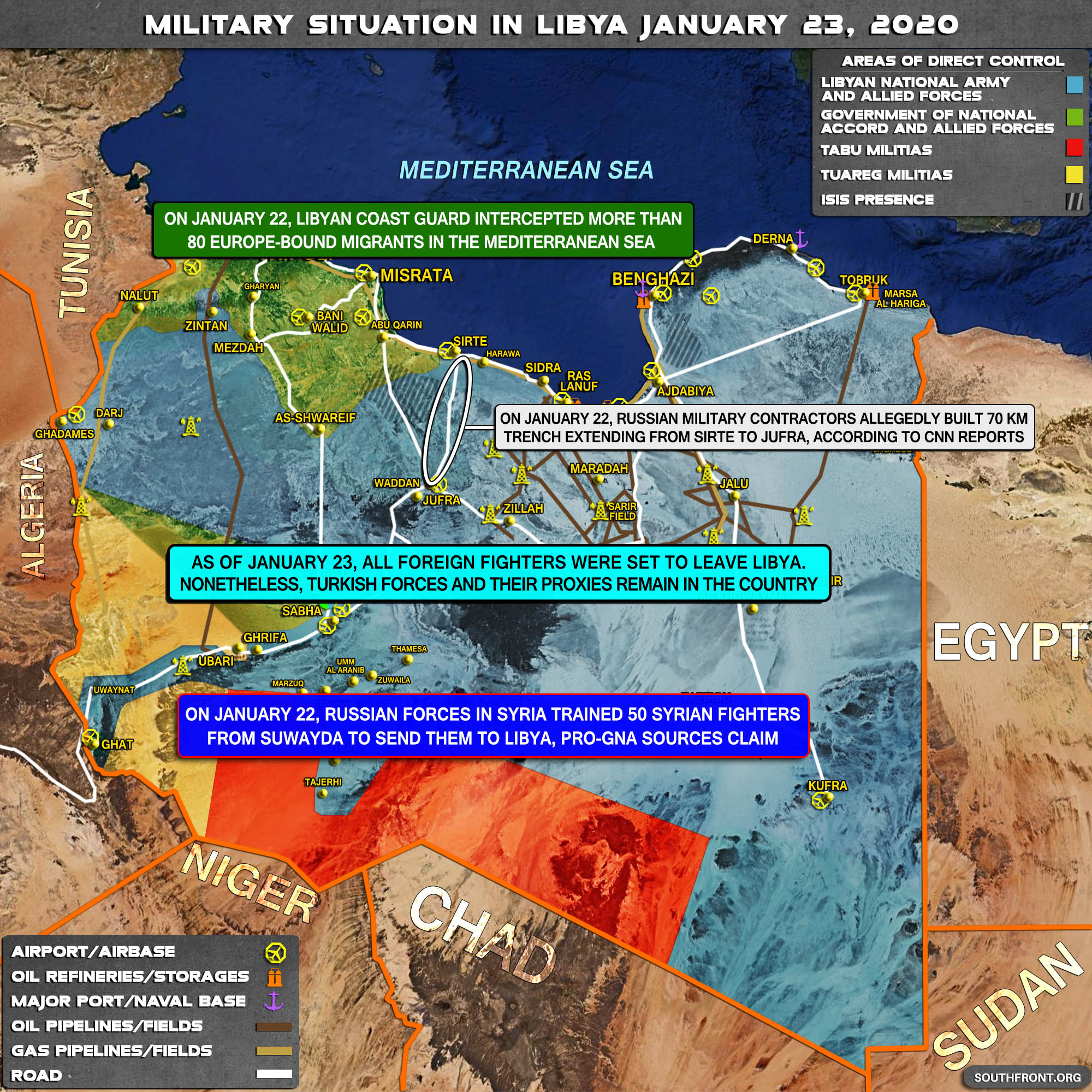




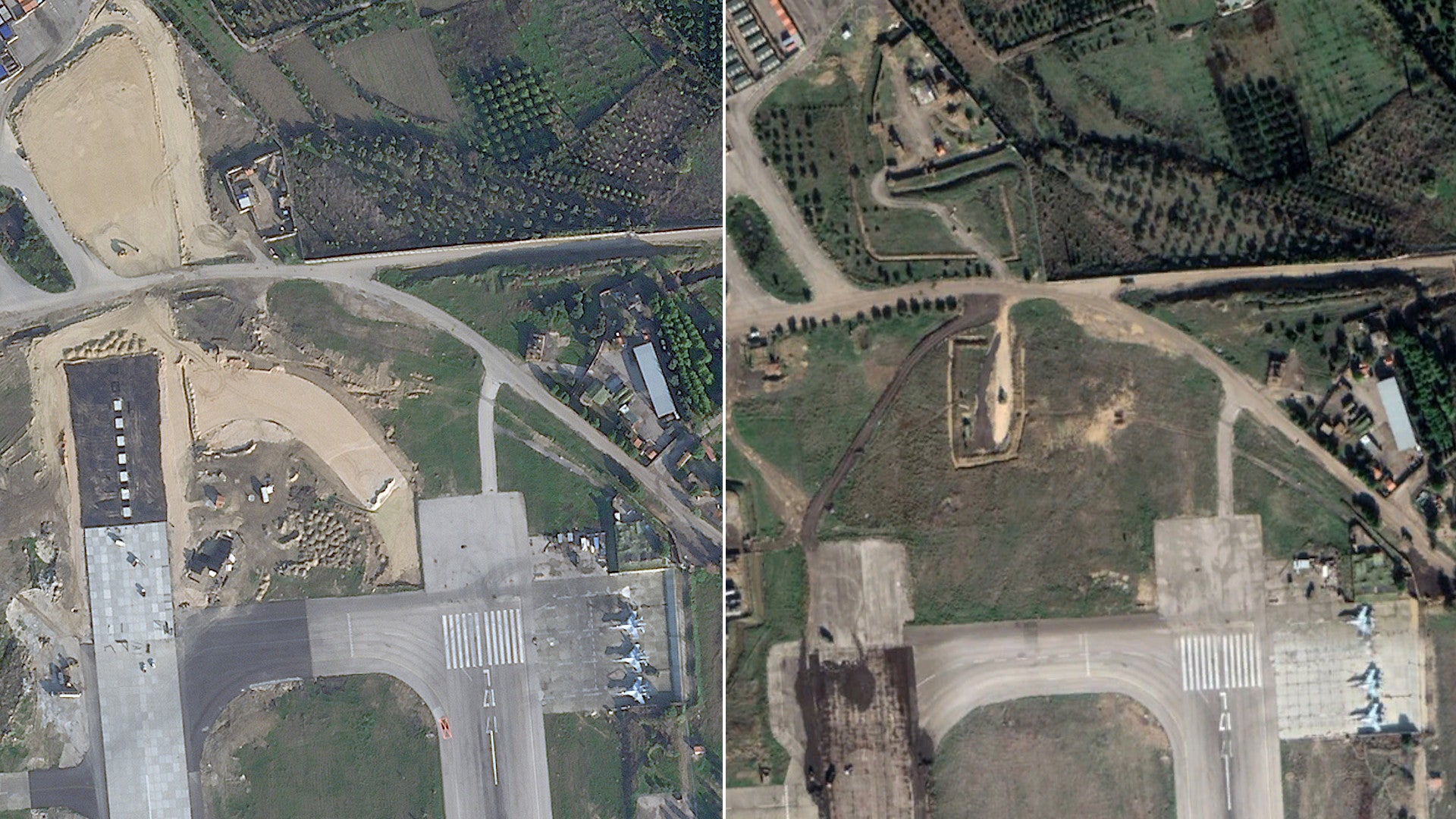
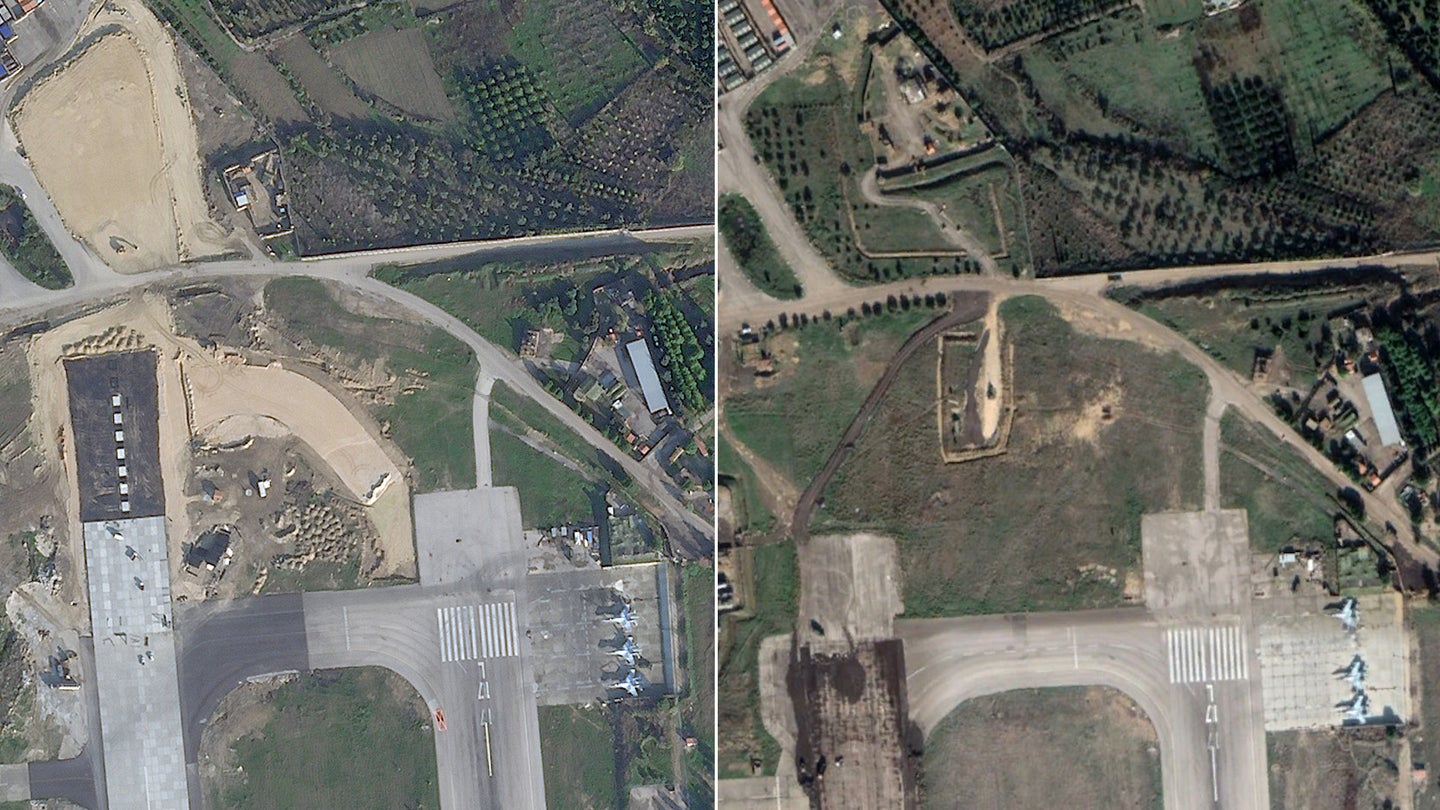
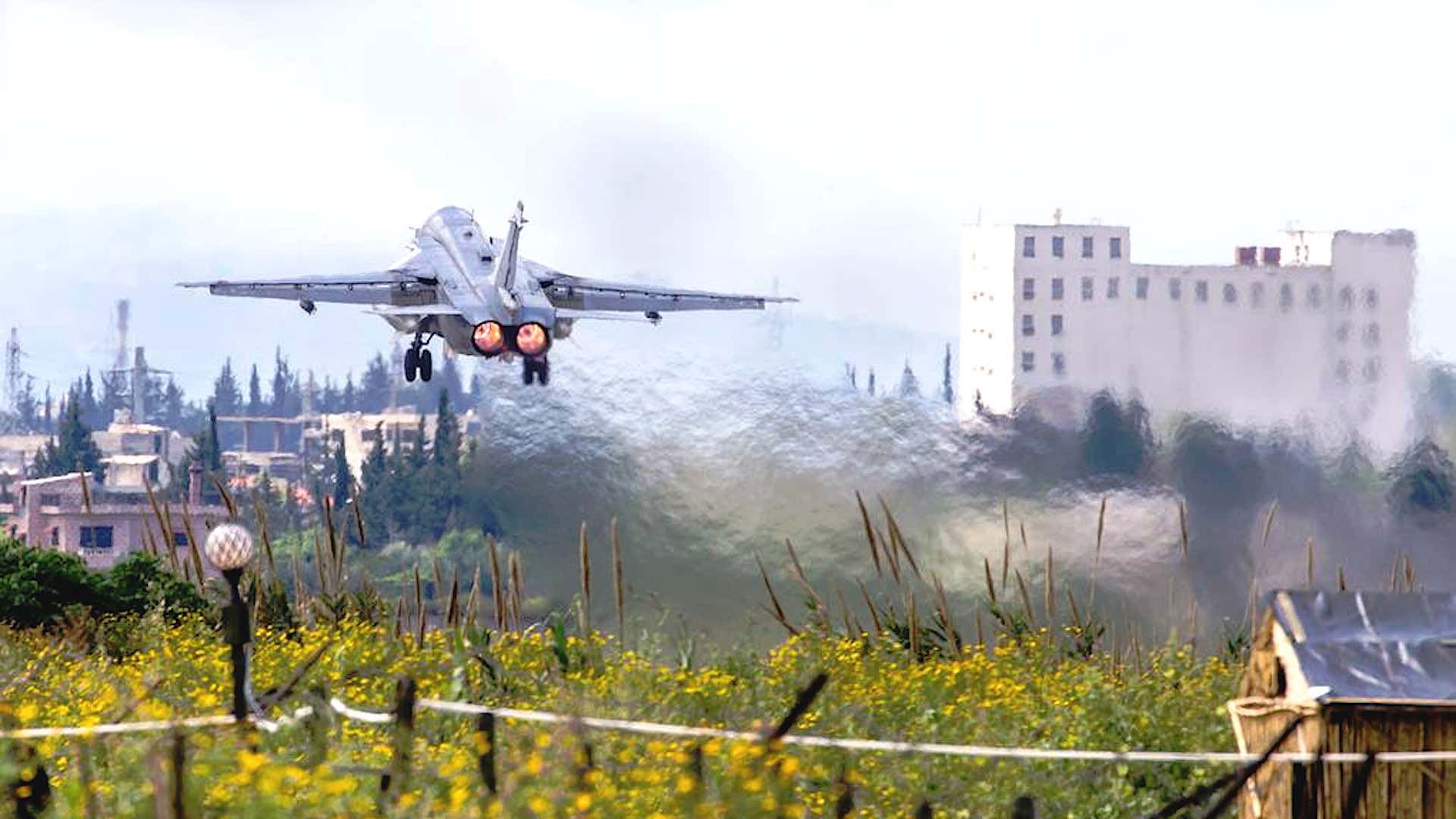
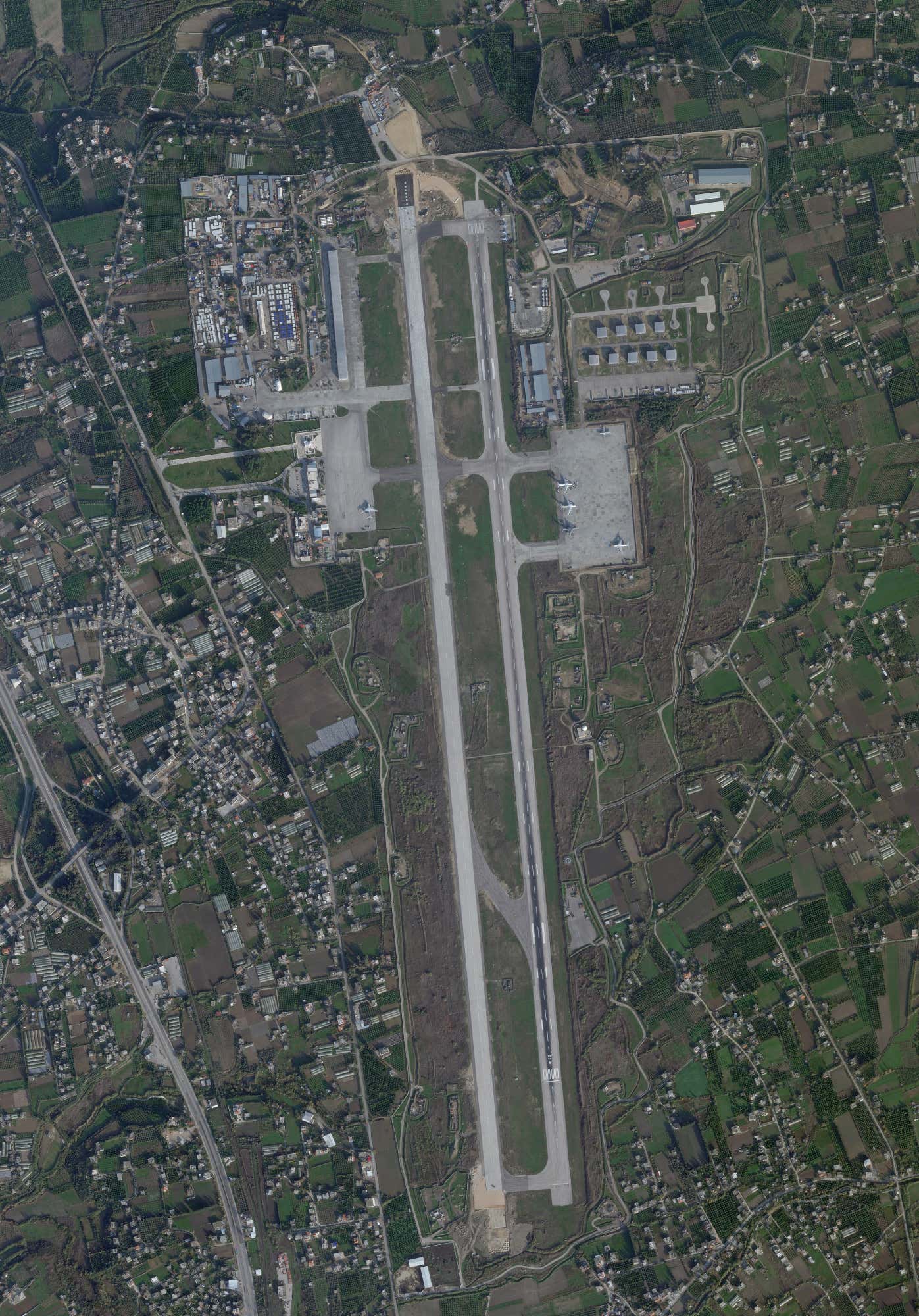
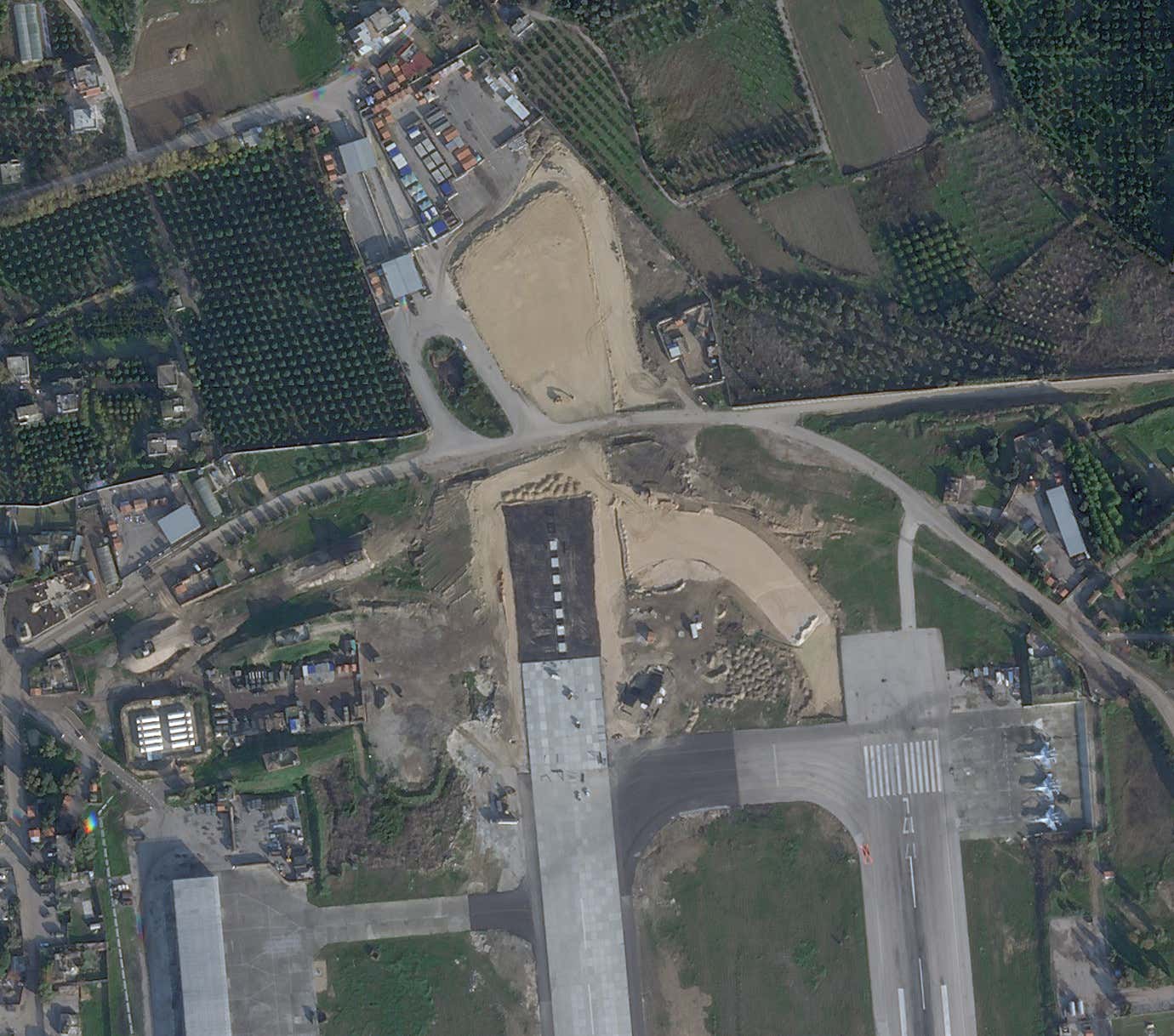
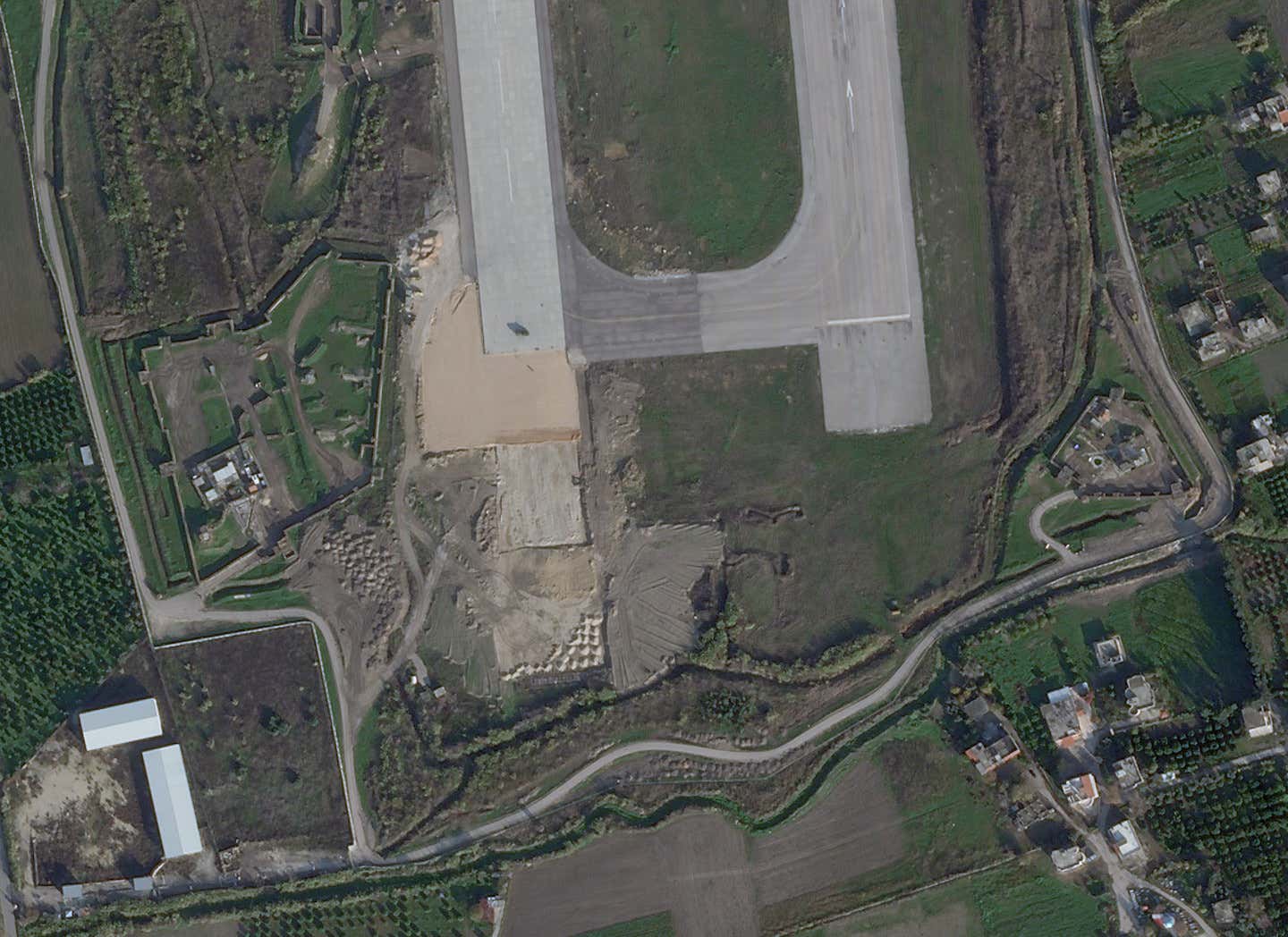
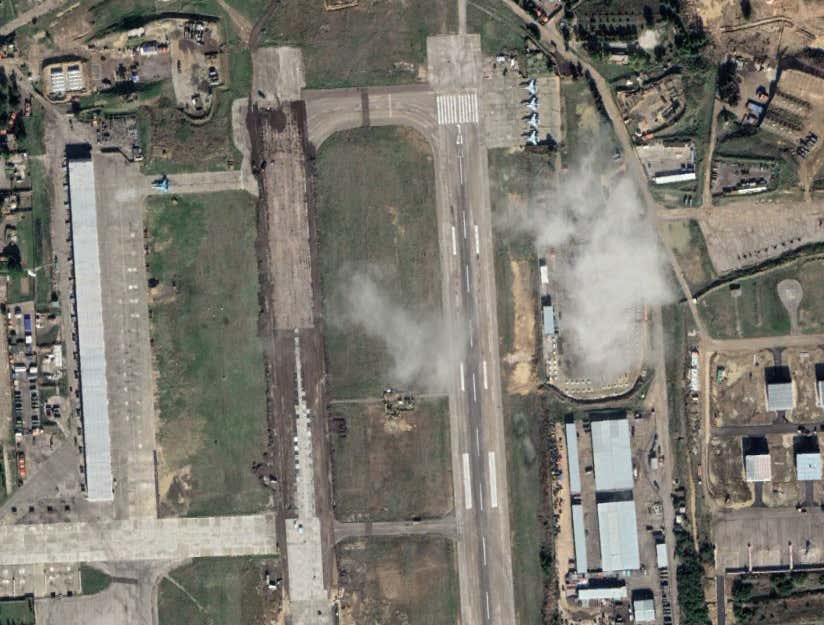
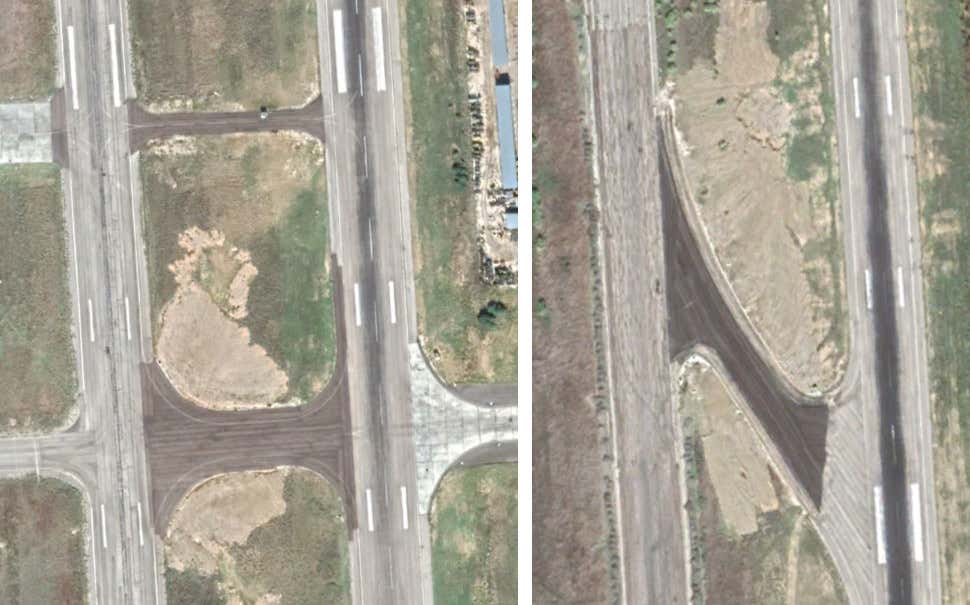
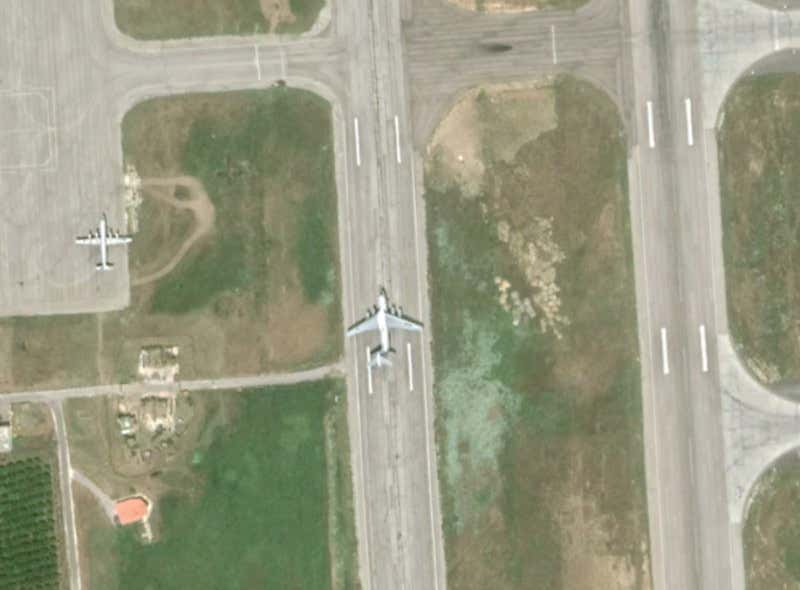
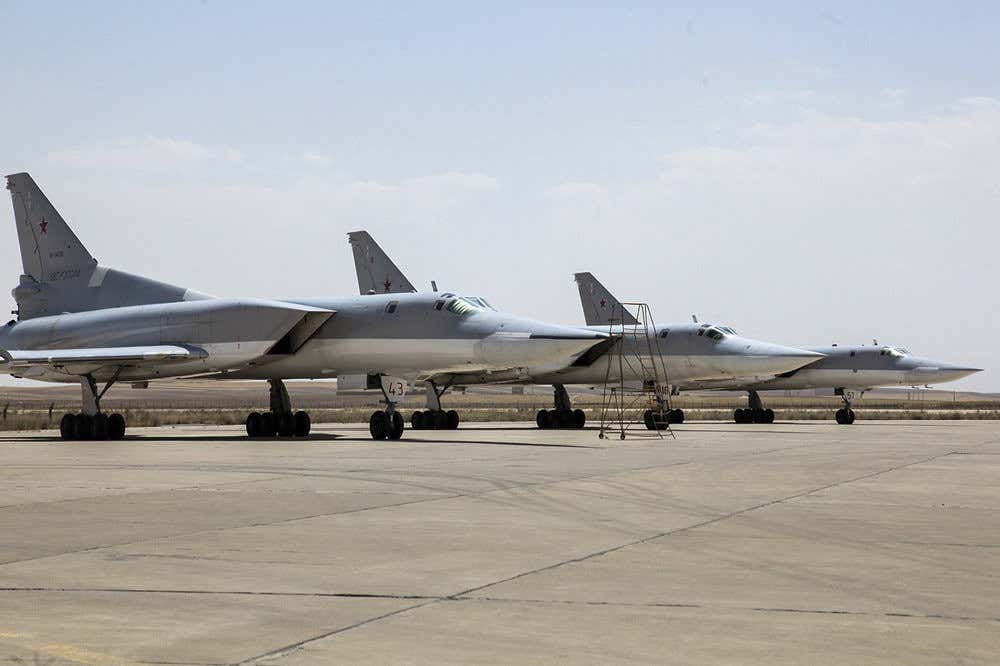
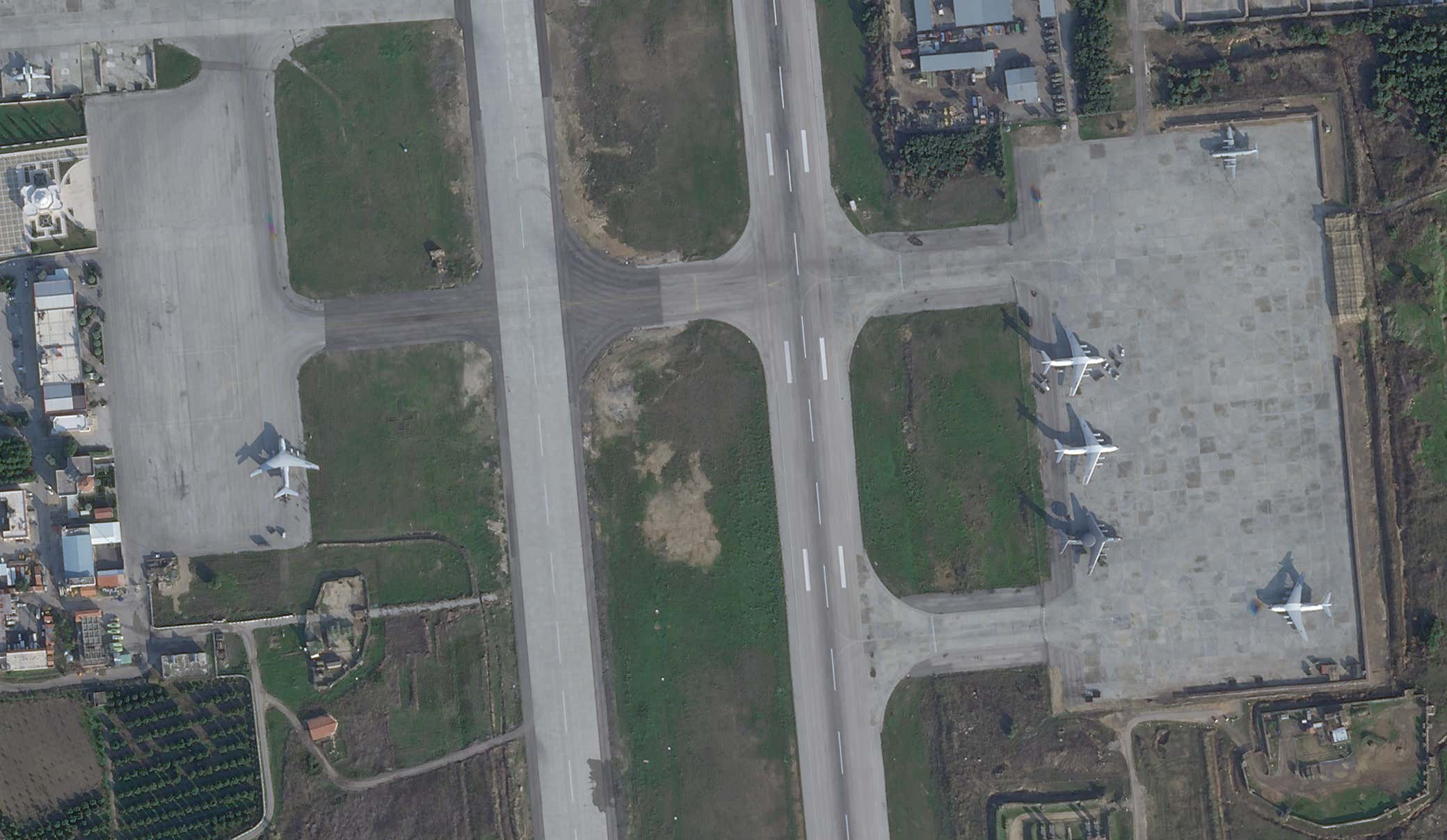
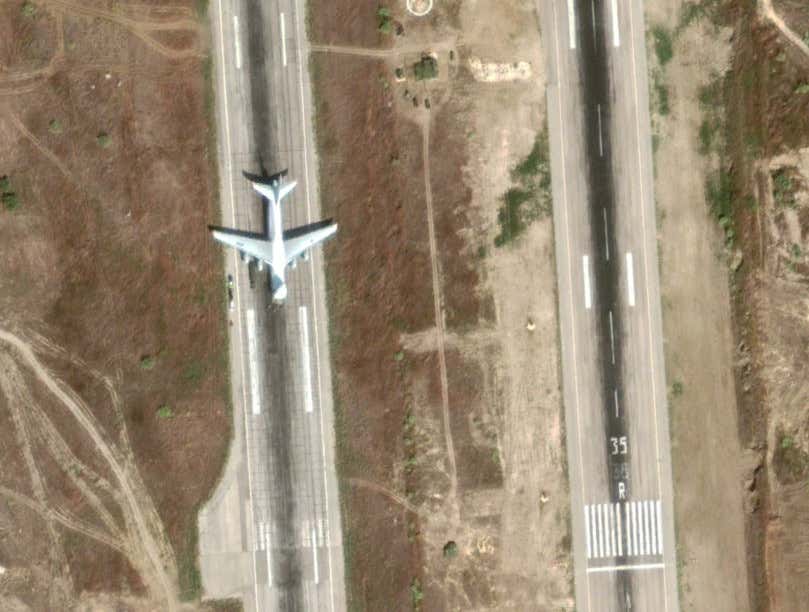
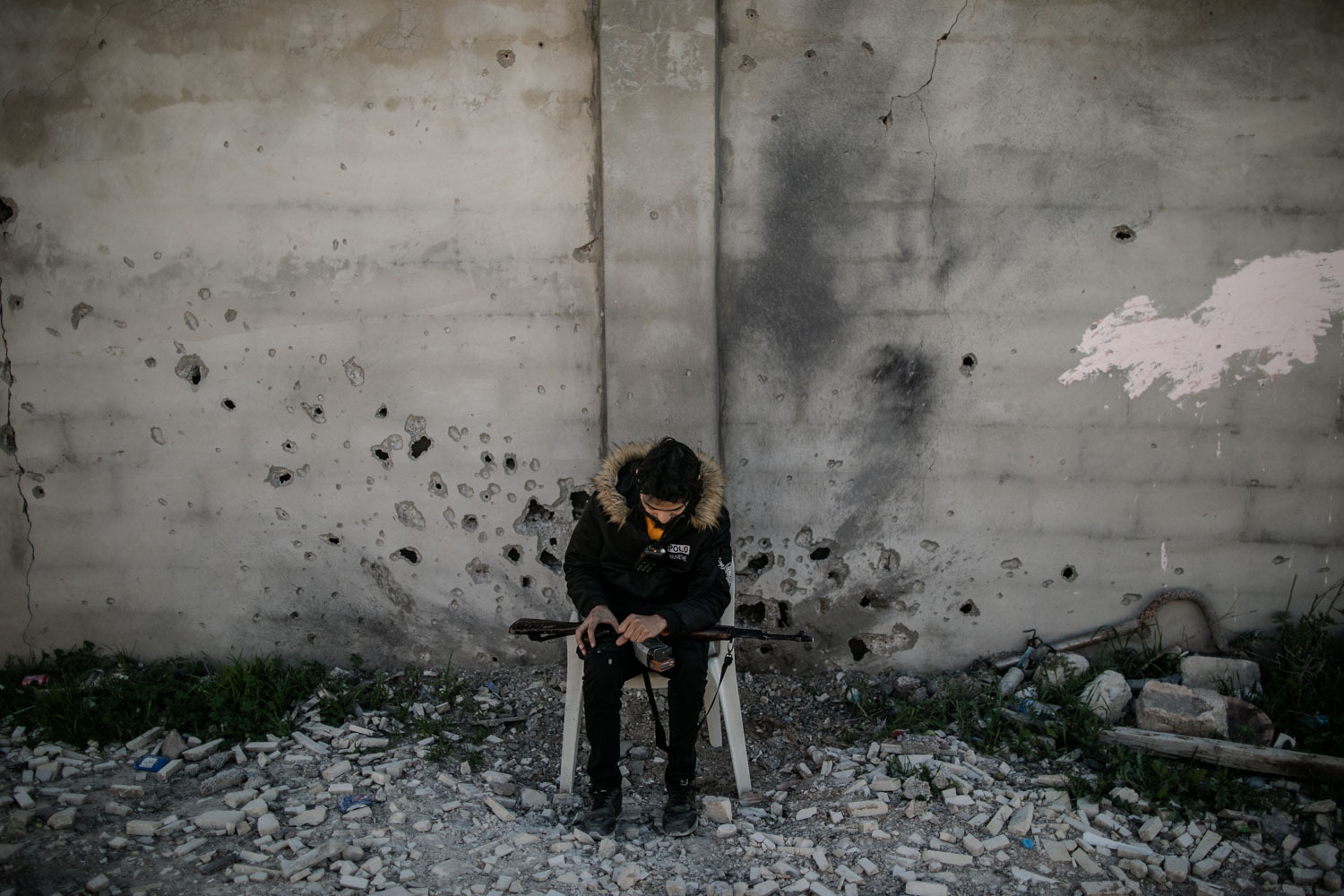


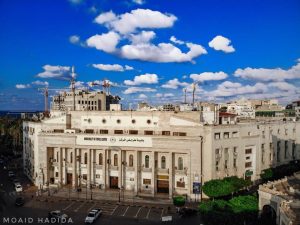



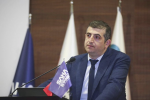
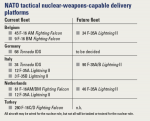
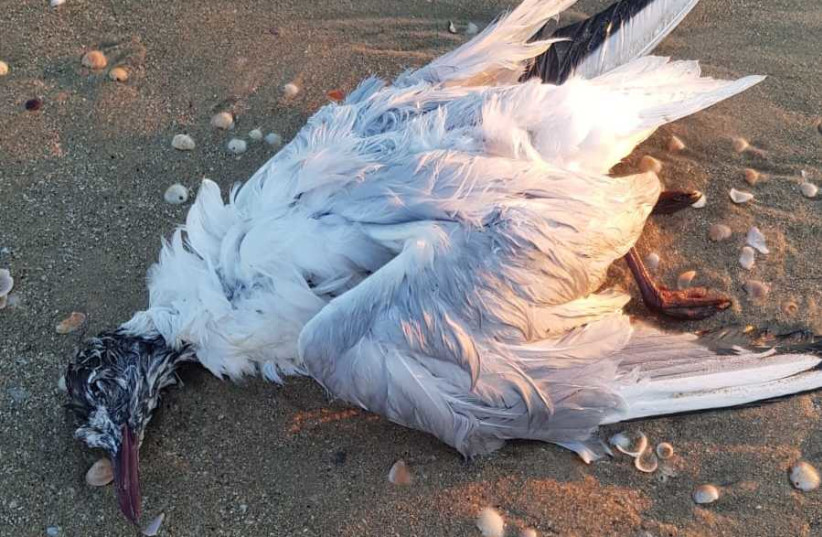


![Russian President Vladimir Putin and his Turkish counterpart Recep Tayyip Erdogan attend a groundbreaking ceremony of the Akkuyu nuclear power plant in 2018 [Mikhail Klimentyev/Kremlin via Reuters] Russian President Vladimir Putin and his Turkish counterpart Recep Tayyip Erdogan attend a groundbreaking ceremony of the Akkuyu nuclear power plant in 2018 [Mikhail Klimentyev/Kremlin via Reuters]](https://www.aljazeera.com/wp-content/uploads/2021/03/2018-04-03T155748Z_1987020971_RC1FE6B136B0_RTRMADP_3_TURKEY-RUSSIA-NUCLEARPOWER.jpg?resize=770%2C513)
![Turkey has been calling on Washington to end its support for the Kurdish-led People's Protection Units in Syria [File: AP] Turkey has been calling on Washington to end its support for the Kurdish-led People's Protection Units in Syria [File: AP]](https://www.aljazeera.com/wp-content/uploads/2020/12/AP_20349643510440.jpg?resize=270%2C180)
![Taufeeq, 55, a Syrian refugee, serves hot black tea to his Uighur neighbour outside his home in Kayseri, Turkey, as his son Moaaz and other children return after playing football [Ahmer Khan/Al Jazeera] Taufeeq, 55, a Syrian refugee, serves hot black tea to his Uighur neighbour outside his home in Kayseri, Turkey, as his son Moaaz and other children return after playing football [Ahmer Khan/Al Jazeera]](https://www.aljazeera.com/wp-content/uploads/2021/02/MG_3228.jpg?resize=270%2C180)
![Rescue workers, soldiers and civilians walk around the wreckage of a military helicopter that crashed near the Turkish eastern city of Bitlis [AFP] Rescue workers, soldiers and civilians walk around the wreckage of a military helicopter that crashed near the Turkish eastern city of Bitlis [AFP]](https://www.aljazeera.com/wp-content/uploads/2021/03/000_94A7A9.jpg?resize=270%2C180)
![Mevlut Mert Altintas shouts after shooting Russian Ambassador to Turkey Andrei Karlov, right, at an art gallery in Ankara in December 2016 [File: Burhan Ozbilici/AP Photo] Mevlut Mert Altintas shouts after shooting Russian Ambassador to Turkey Andrei Karlov, right, at an art gallery in Ankara in December 2016 [File: Burhan Ozbilici/AP Photo]](https://www.aljazeera.com/wp-content/uploads/2017/02/5fb5af4b4f1f4bb78c99f824bcf96f3f_18.jpeg?resize=270%2C180)
![Qantas, which is cutting at least 8,500 jobs, lost about 11 billion Australian dollars ($8.5bn) in revenue to the pandemic last year alone [File: Brendon Thorne/Bloomberg] Qantas, which is cutting at least 8,500 jobs, lost about 11 billion Australian dollars ($8.5bn) in revenue to the pandemic last year alone [File: Brendon Thorne/Bloomberg]](https://www.aljazeera.com/wp-content/uploads/2020/08/e8123587f5f54d88b29c20f321d6dc9d_18.jpeg?resize=170%2C113)
![HSBC's announcement reinforces how the world's biggest financial firms are bowing to mounting pressure to join the battle against climate change [File: Brendan McDermid/REUTERS] HSBC's announcement reinforces how the world's biggest financial firms are bowing to mounting pressure to join the battle against climate change [File: Brendan McDermid/REUTERS]](https://www.aljazeera.com/wp-content/uploads/2019/11/777f6579720246deb65e51095c108ce1_18.jpeg?resize=170%2C113)
![A woman in Huaian in eastern China's Jiangsu province receives her vaccine in January. China's success at tackling COVID-19 means people see little urgency to getting the jab [File: Stringer/AFP] A woman in Huaian in eastern China's Jiangsu province receives her vaccine in January. China's success at tackling COVID-19 means people see little urgency to getting the jab [File: Stringer/AFP]](https://www.aljazeera.com/wp-content/uploads/2021/03/000_94383V.jpg?resize=170%2C113)
![Mariko Odawara places flowers to mourn the victims of the earthquake and tsunami that killed thousands and triggered the worst nuclear accident since Chernobyl, during its 10th anniversary, in Iwaki, Fukushima prefecture, Japan March 11, 2021 [Kim Kyung-Hoon/ Reuters] Mariko Odawara places flowers to mourn the victims of the earthquake and tsunami that killed thousands and triggered the worst nuclear accident since Chernobyl, during its 10th anniversary, in Iwaki, Fukushima prefecture, Japan March 11, 2021 [Kim Kyung-Hoon/ Reuters]](https://www.aljazeera.com/wp-content/uploads/2021/03/2021-03-11T004950Z_716877811_RC2O8M9B0PZA_RTRMADP_3_JAPAN-FUKUSHIMA-ANNIVERSARY-MEMORIAL.jpg?resize=170%2C113)
![A map published for Portugal’s 1934 Colonial Exhibition, held in Porto. It is entitled: “Portugal is not a small country” and shows the size of Portugal’s empire at the time as if super-imposed over a map of Europe [Courtesy of Paulo Moreira] A map published for Portugal’s 1934 Colonial Exhibition, held in Porto. It is entitled: “Portugal is not a small country” and shows the size of Portugal’s empire at the time as if super-imposed over a map of Europe [Courtesy of Paulo Moreira]](https://www.aljazeera.com/wp-content/uploads/2021/03/PORTUGAL_NAO_E_UM_PAIS_PEQUENO.jpg?resize=170%2C113)
![Riot police hold their firearms as they face-off with protesters in the capital, Naypyidaw on Monday [Stringer/AFP] Riot police hold their firearms as they face-off with protesters in the capital, Naypyidaw on Monday [Stringer/AFP]](https://www.aljazeera.com/wp-content/uploads/2021/03/000_94J3AY.jpg?resize=170%2C113)
![After months of denying the presence of the virus, Magufuli revealed in February that some of his aides and family members had contracted COVID-19 but they recovered [File: Ericky Boniphace/AFP] After months of denying the presence of the virus, Magufuli revealed in February that some of his aides and family members had contracted COVID-19 but they recovered [File: Ericky Boniphace/AFP]](https://www.aljazeera.com/wp-content/uploads/2021/01/000_1WU6CA.jpg?resize=170%2C113)
![The military response to now-daily protests has become increasingly violent with at least 60 people thought to have been killed in the crackdowns and nearly 2,000 arrested [Reuters] The military response to now-daily protests has become increasingly violent with at least 60 people thought to have been killed in the crackdowns and nearly 2,000 arrested [Reuters]](https://www.aljazeera.com/wp-content/uploads/2021/03/2021-03-10T082108Z_1868659608_RC288M9S2Y66_RTRMADP_3_MYANMAR-POLITICS-PROTEST-YANGON.jpg?resize=170%2C113)
